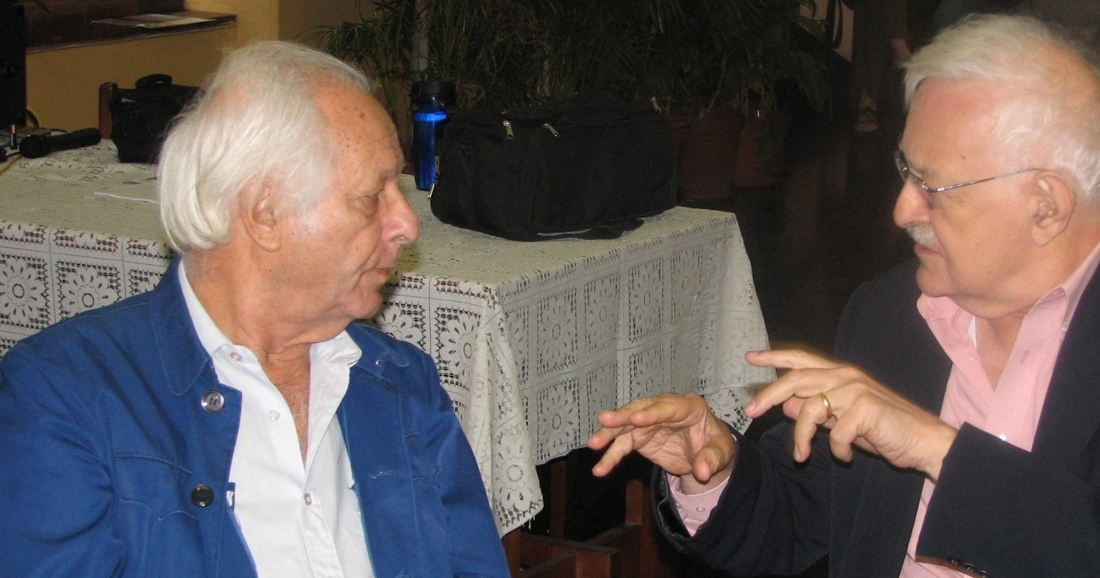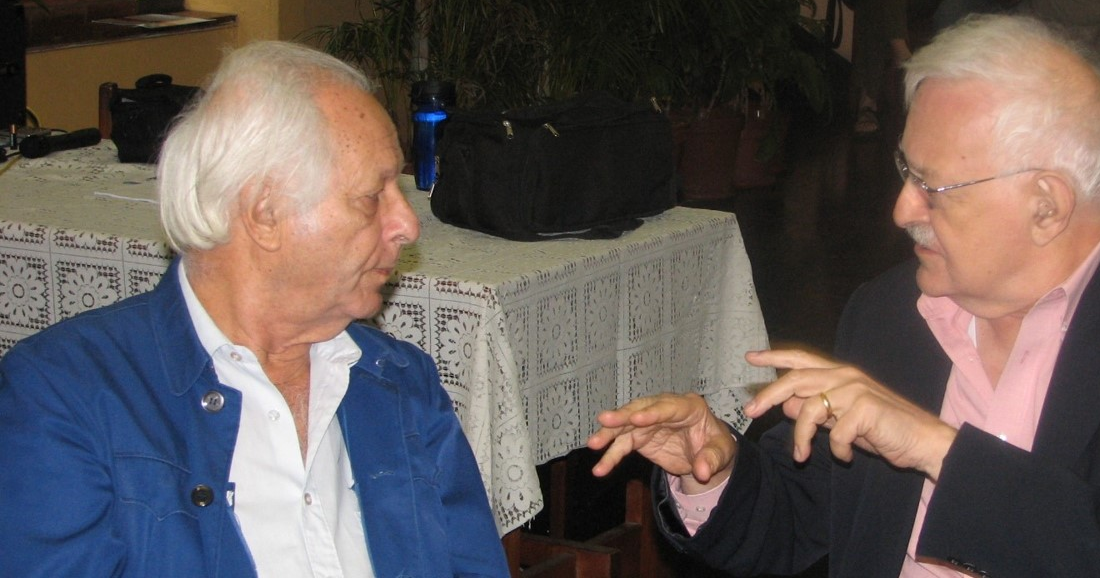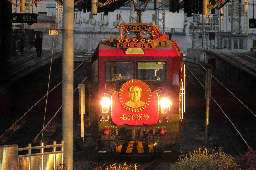

Just wait until you work out that it's not actually the "he/hims" engaging in a specific behaviour, and that an equal amount of users with feminine or gender neutral pronouns engage in the same behaviour. That's when it gets really nasty, from misgendering and accusations of internalised misogyny aimed at femme users (the second of which is already happening in this thread), and up to including public messages containing death threats and violent fantasties about murdering your family made from a network of alt accounts on another instance, because whoever said such was too much of a coward to do it on their main account.
Also profiling behaviour according to pronoun tags is foolish anyway. It opens up a whole new avenue to trolls and discourages honesty. If trolls are aware that the mod team is annoyed with "he/him" users, they can just cook up some accounts with that pronoun choice and inflame the situation. On the opposite end, trolls could pick "she/her" pronouns, say some vile stuff, and hide behind that. What is said is what should be judged, not the pronoun tags of who said it. Anyone can pick any pronoun tag. Lying on the internet is easy. Anyone can claim to be anything. I don't know who anyone on here actually is, you don't know who I actually am. The whole point of the pronoun tags was to have openness, honestly and to engage with others from different backgrounds and walks of life. That disappears if people think that their comments are going to be judged differently by the mod team based on what tag they pick.
I'm just commenting this as a warning for new users. I've been here since the beginning. Don't engage with this nonsense. Actually just leave. It's not worth it.


























Yeah that works up until a point. But once you hit a certain point, it's not worth it anymore. Why should I log in and comment on anything if there's a high chance I'll receive abuse and nothing will be done about it? What's the point then?